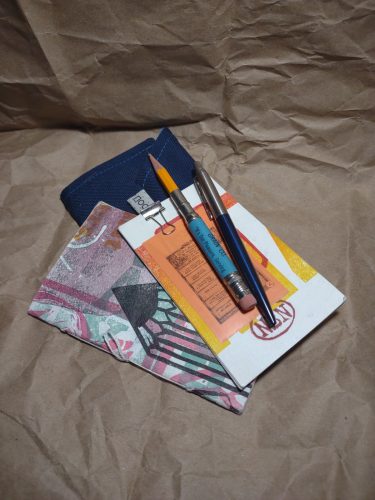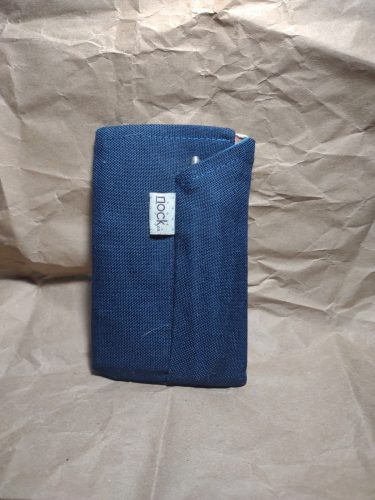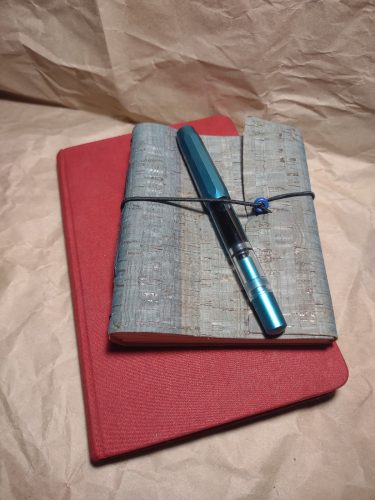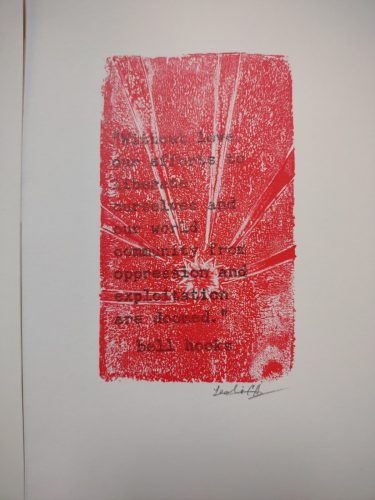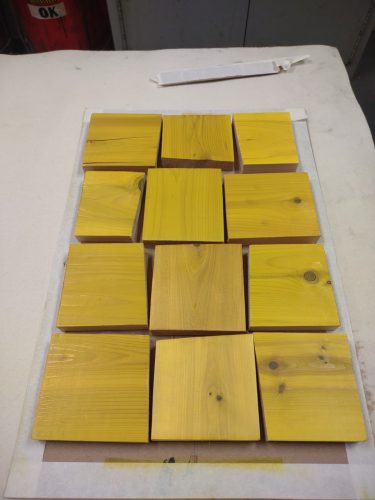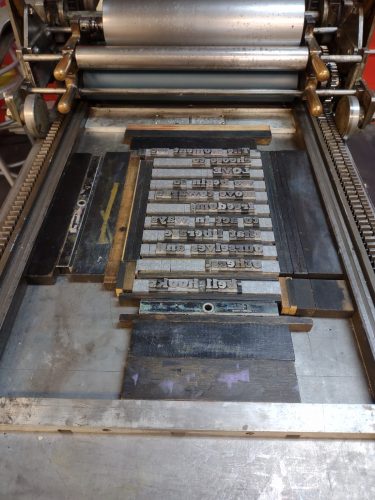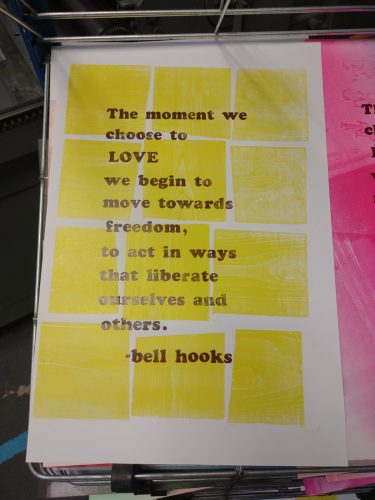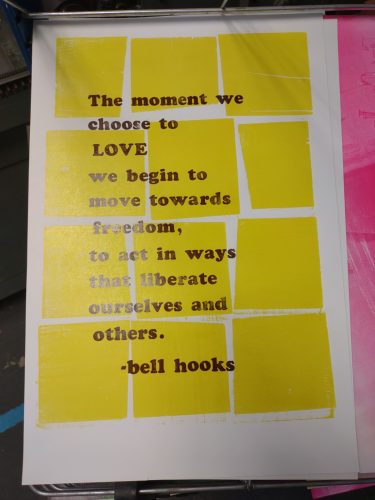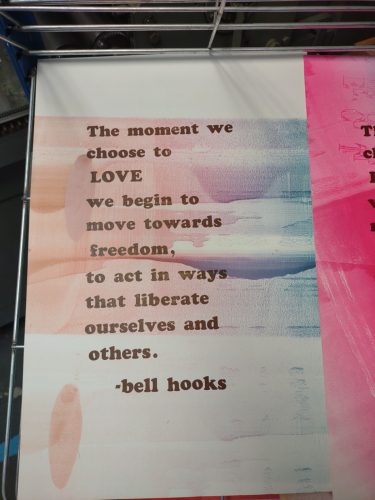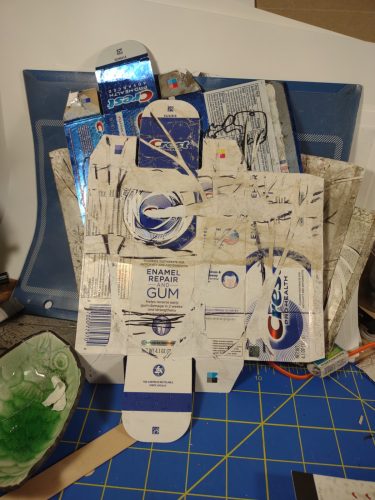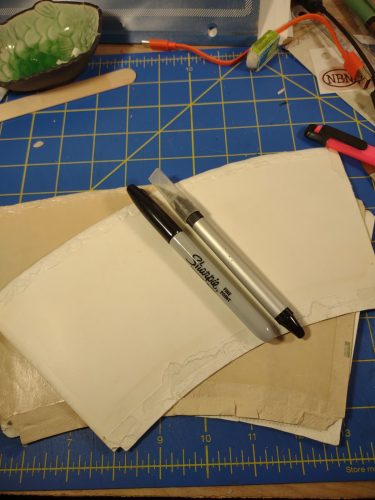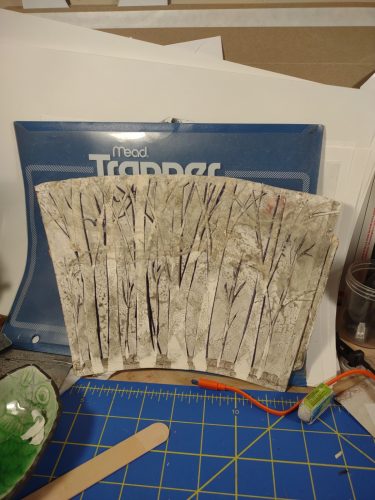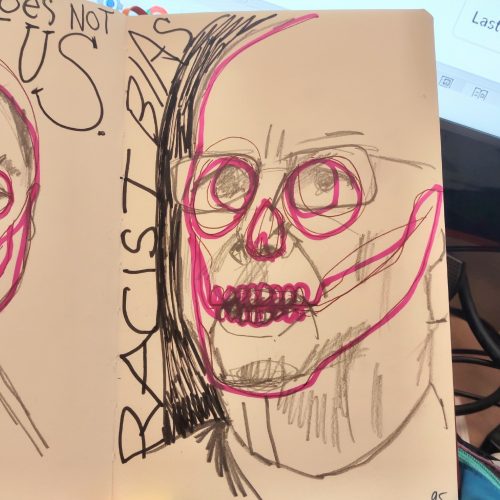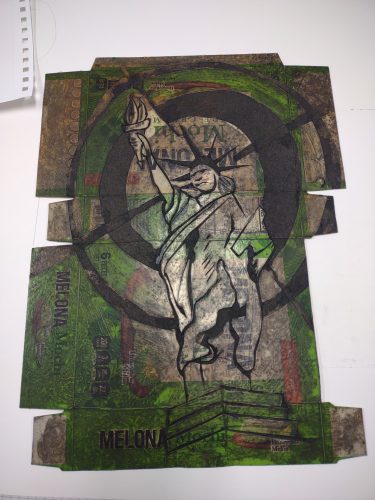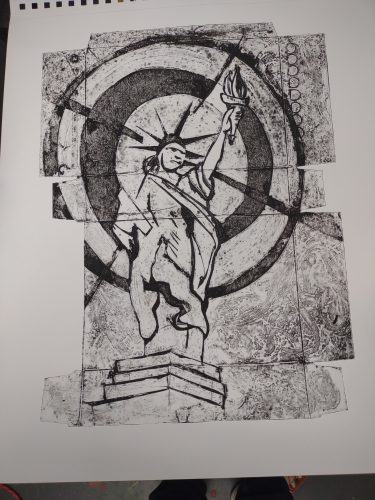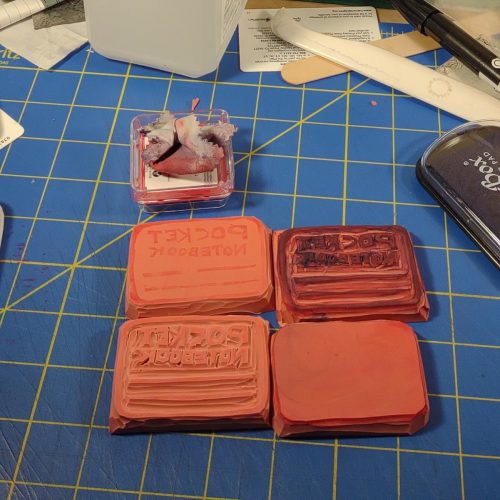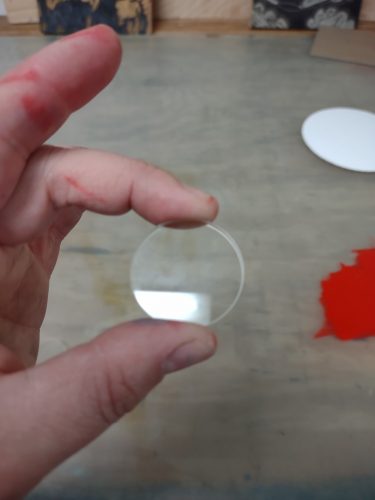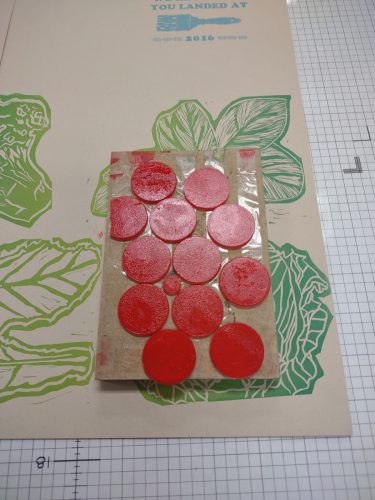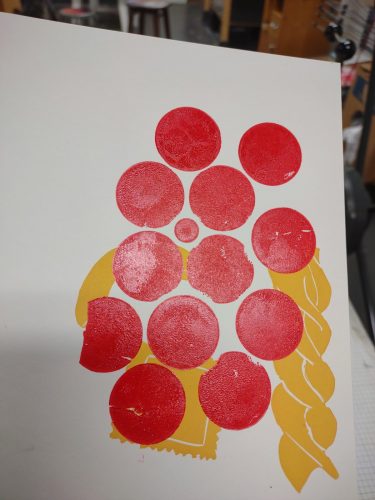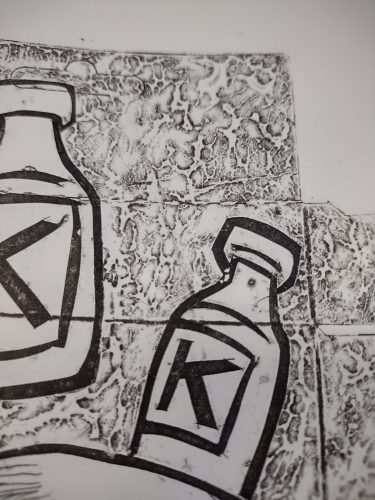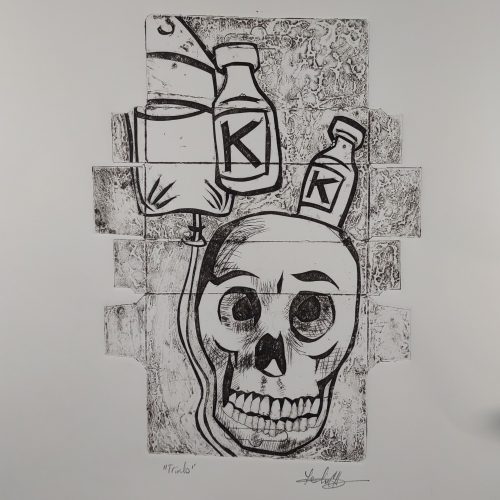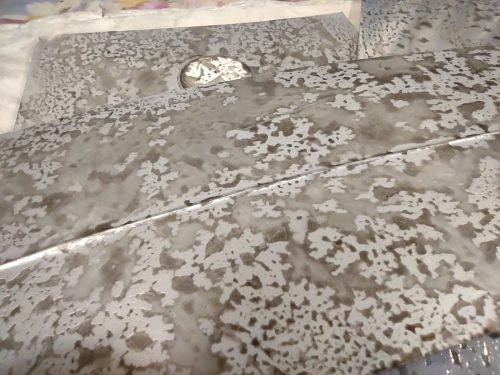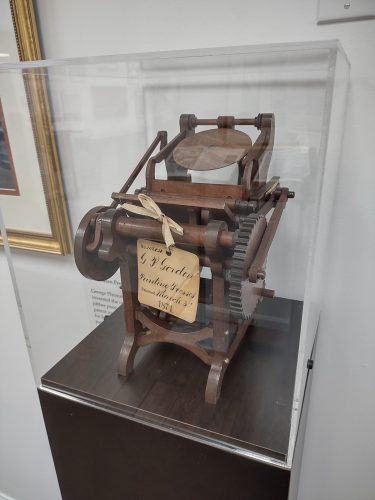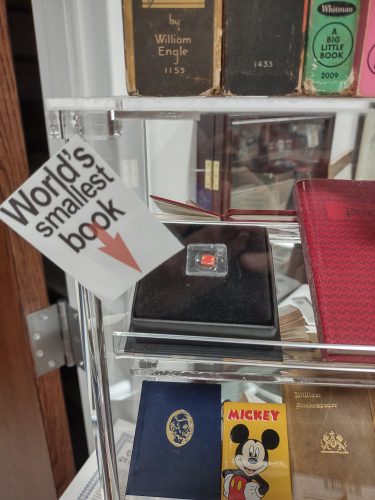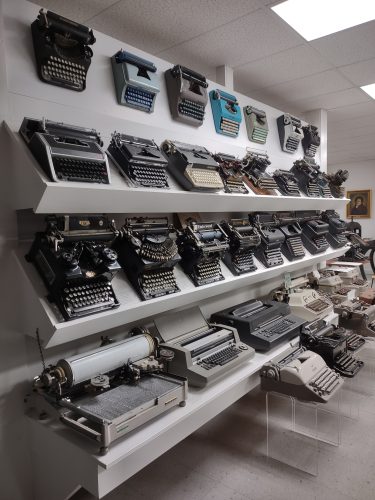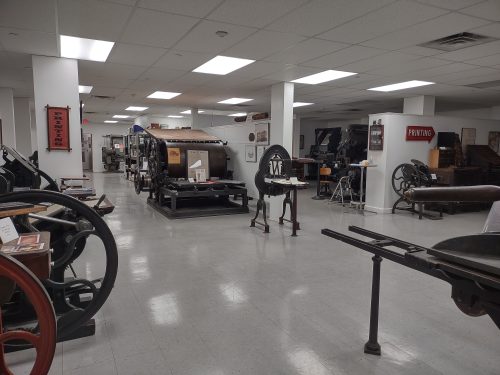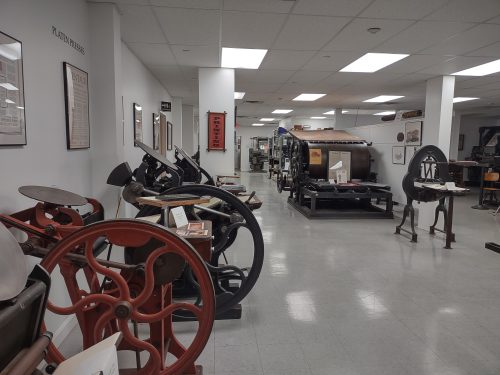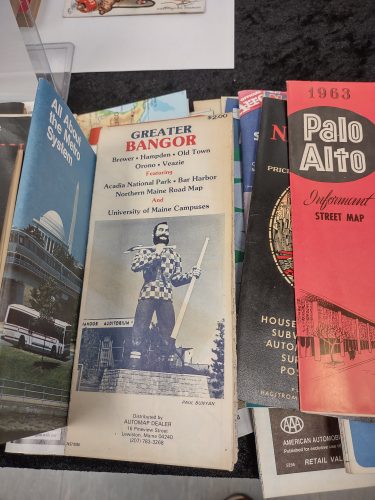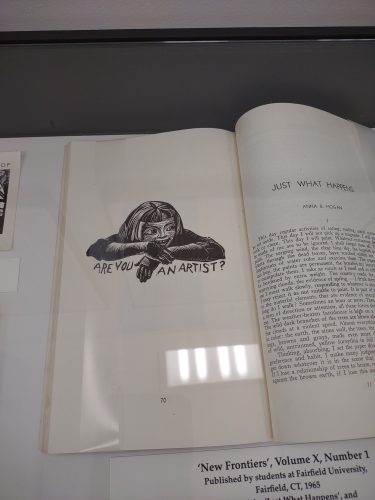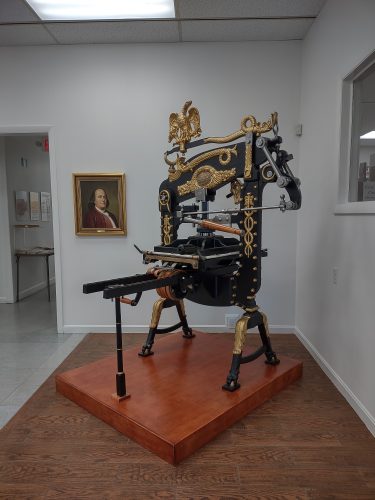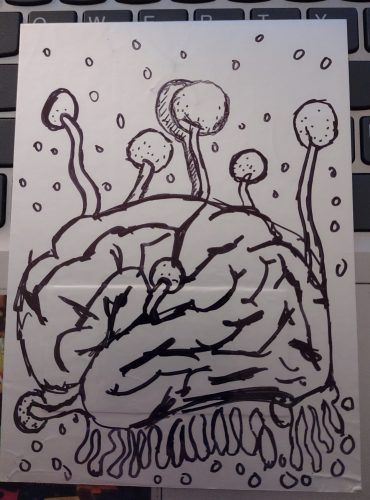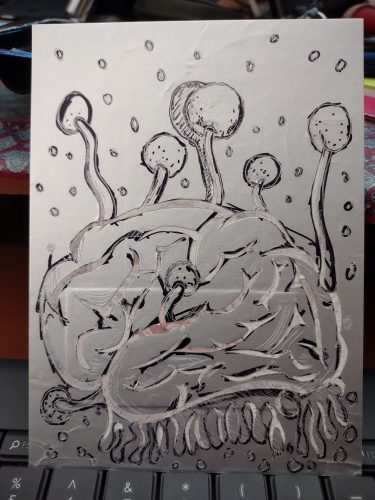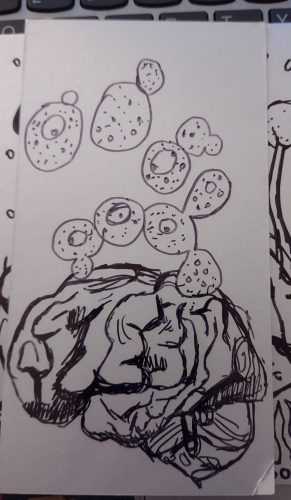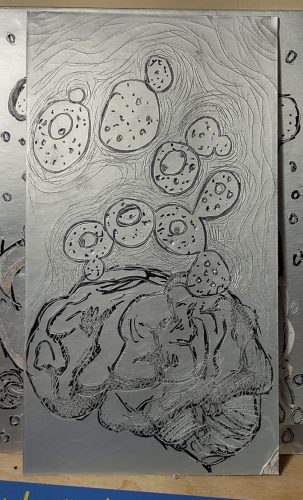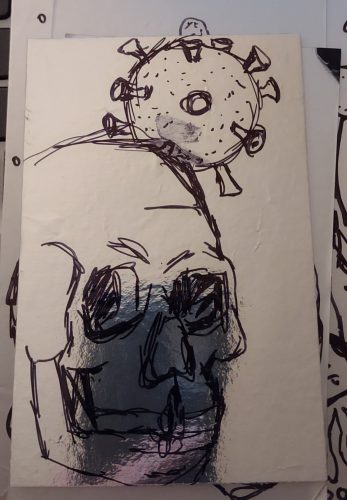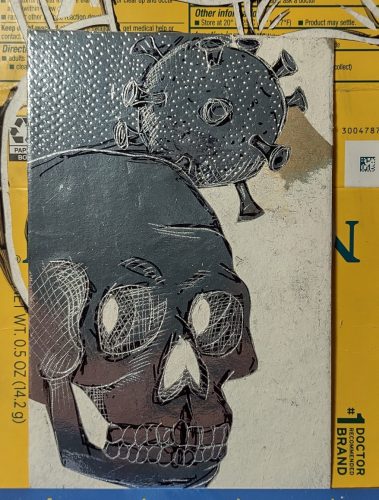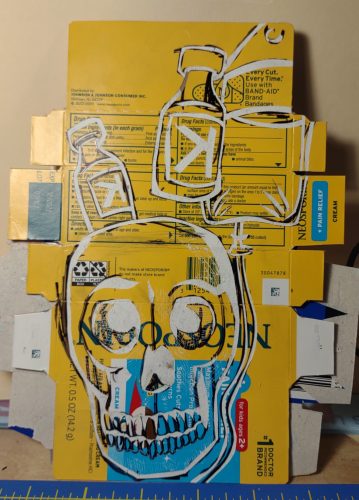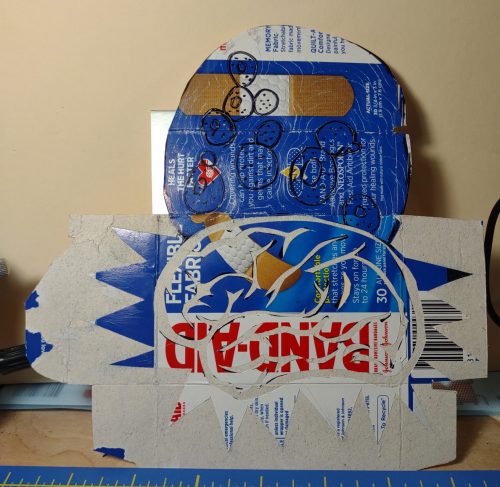It’s not often you find me talking myself out of things, but here I am telling you I’ve talked myself out of a free photocopier. If you’re scratching your head right now, let me explain.
I’ve wanted a photocopier for years. They are incredibly useful tools and when I was in college we had to run to the library to photocopy designs to paper for transferring with chemical or to rub the paper off. Copies cost 10 cents.
I made an off handed comment about how we should consider getting a photocopier for the printshop and the professor chuckled and agree but added that they’d have to have a place to lock it up because every print student and everyone who knew about it would use it. And frankly, she wasn’t wrong. I’ve noticed that every place where I’ve worked where a photocopier is left unattended it gets used for other purposes, from zines to personal copies to whatever.
But I’ve also wanted one of my own.
For art making but also zines. Photocopiers are just better for making hundreds of copies at a time. Further they can handle large quantities of cardstock in a way a laser printer can’t.
I find photocopiers for free on craigslist pretty often. I’ve stopped myself from inquiring about them for quite a few reasons- too big, too damaged, too whatever. Before we moved into our house part of that was, “Too big to move.” And I can’t imagine how some of my landlords* would have responded to finding a 300 pound copier left behind.
A smaller sized machine showed up in the free section, smaller at still close to 300 pounds, with a tag of “needs work.” I asked about what kind of work it would need, if it would power on, if they knew what parts it would need, etc… The current owner was utterly unhelpful. So I asked some more questions, they answered, still not helpfully.
Then I considered, do I want this for work or myself. And how the hell would I get it onto the van and then into MY studio?
The answer, finally cleaning the basement and the help of some bulky friends.
In the end I’ve decided that I won’t get THIS machine but I’m going to keep an eye out for another smaller machine that will fit my needs better. Canon makes a few small sized machines that will handle cardstock and lots of copies pretty well. The toner doesn’t last as long but they are out there.
NOTE: After finishing this post, I took to Craigslist and FB Marketplace, and within 10 minutes found a free smaller sized copier for free, and with the sort of repair that I can do with ease. It’s in my shop, even better it didn’t require the help of Burly Friends to move it into the shop, I can carry it myself. Though not easily!
It turns out it didn’t even need a repair, it needed a setting changed and the toner cart needs to be slammed back into place on the regular. I suspect a weak clip somewhere. I’ll find it and fix it.
